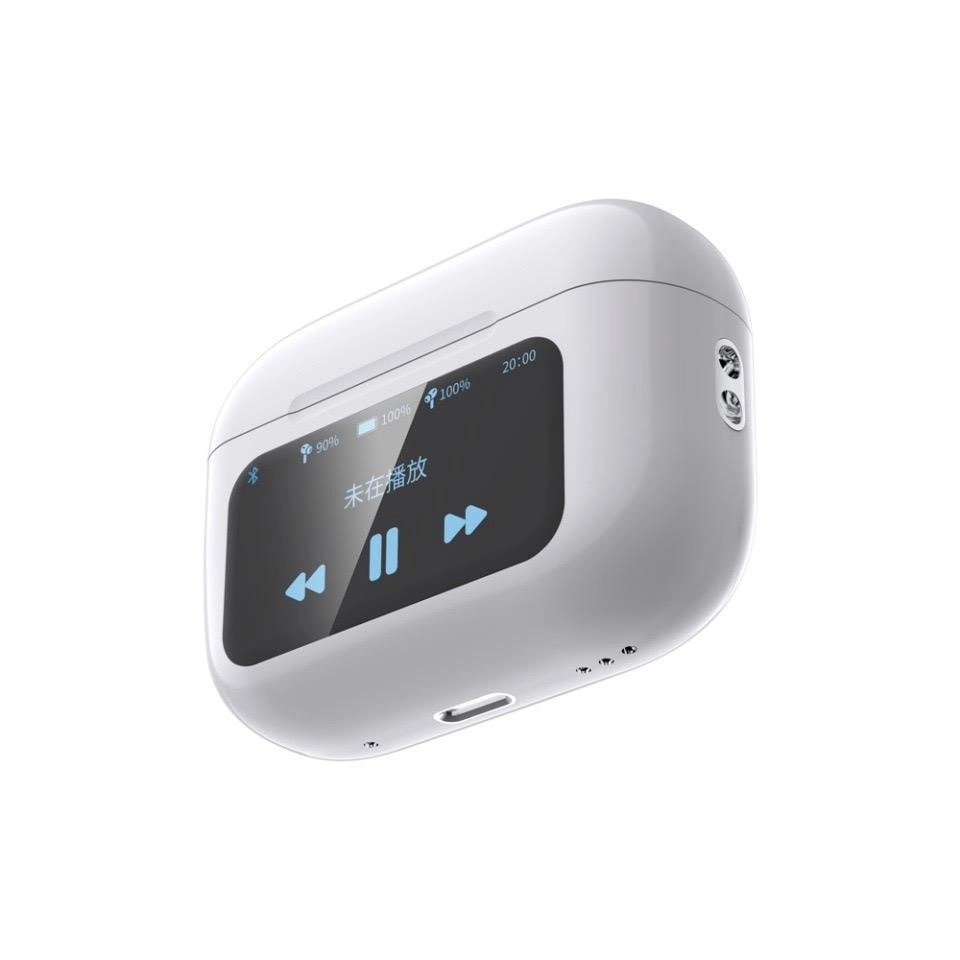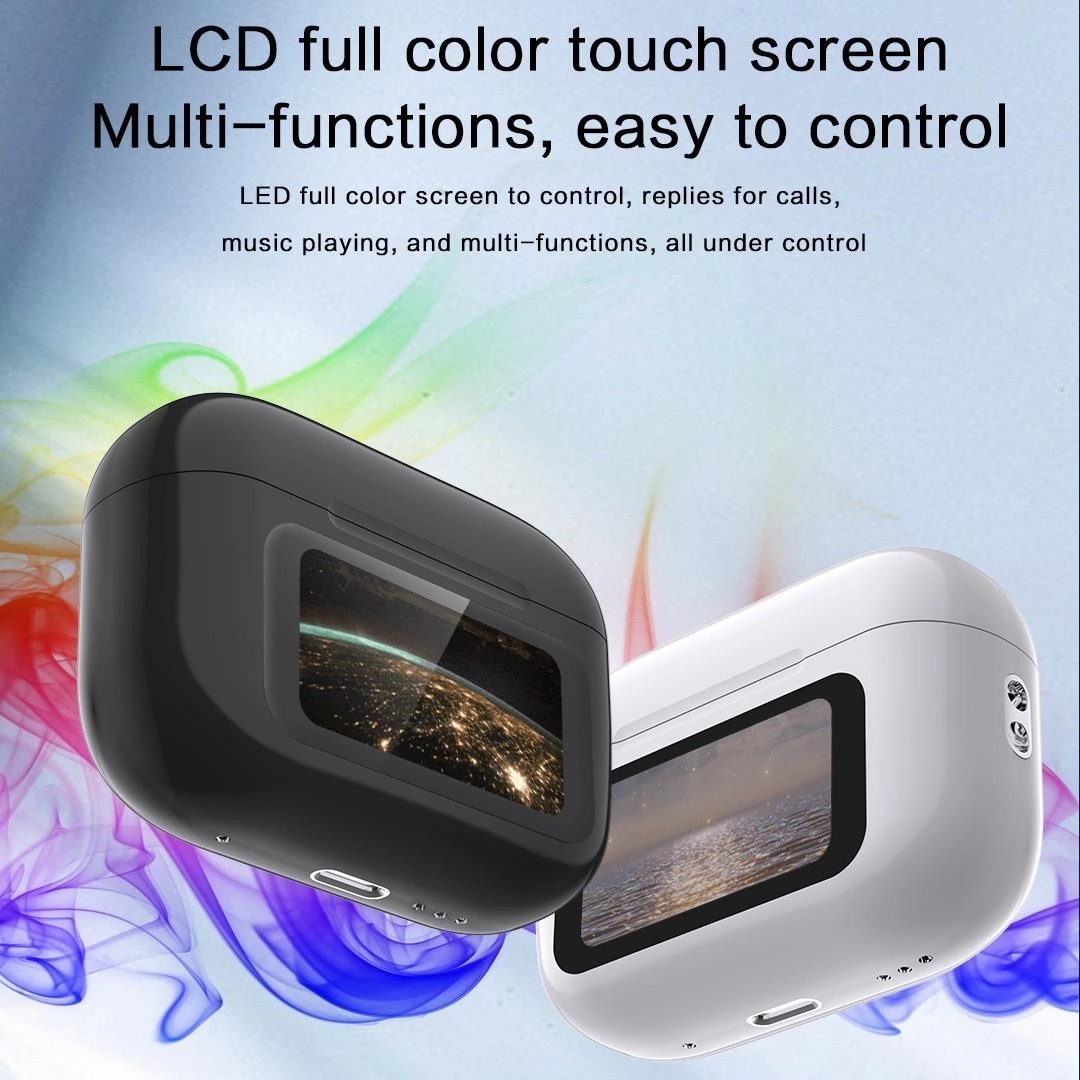-
- AntminerInnosilicon
Are Noise-Canceling Bluetooth Earphones Safer?
Views: 182 Author: Site Editor Publish Time: 2025-09-29 Origin: Site

Introduction
Bluetooth earphones have become an essential accessory for work, commuting, and leisure. Among them, noise-canceling Bluetooth earphones stand out for their ability to block unwanted sounds, promising clearer listening experiences. Yet, as their popularity grows, so does the question of safety. Consumers want to know whether noise-canceling Bluetooth earphones are truly safer compared to standard models, both in terms of health and everyday use. This article explores the safety considerations, technological differences, and practical benefits of noise-canceling Bluetooth earphones to help you make informed decisions.
Understanding Noise-Canceling Technology in Bluetooth Earphones
Noise-canceling Bluetooth earphones use active noise control (ANC) to reduce external sounds. They capture ambient noise with tiny microphones and generate sound waves that cancel out those noises. Unlike simple passive isolation from ear tips, ANC creates a controlled listening environment. This technology matters because it allows users to hear music or calls at lower volumes, which can reduce ear strain. However, understanding how ANC interacts with health, environmental awareness, and long-term ear usage is key to evaluating whether they are truly safer.

Comparing Noise-Canceling Bluetooth Earphones and Regular Models
Regular Bluetooth earphones depend mostly on passive isolation, which often pushes users to increase volume in noisy places like public transport or offices. Noise-canceling models, on the other hand, provide clarity at lower sound levels. This contrast directly influences hearing health. While regular models may indirectly encourage unsafe volume habits, noise-canceling Bluetooth earphones reduce that risk. Safety, therefore, is less about Bluetooth technology itself and more about how each design affects user behavior in daily environments.
Feature Noise-Canceling Bluetooth Earphones Regular Bluetooth Earphones Volume needs Lower due to ANC Higher in noisy spaces Hearing protection Better with controlled levels Weaker, depends on user Environmental awareness Reduced Maintained Battery usage Higher due to ANC Lower overall Hearing Health and Safe Listening Practices
One of the strongest arguments in favor of noise-canceling Bluetooth earphones is hearing protection. Prolonged exposure to sounds above 85 dB can damage hearing, a risk amplified by increasing volume to cover background noise. ANC helps reduce this by minimizing external interference, letting users enjoy audio at safer levels. However, safety is not automatic; listening habits still matter. Experts recommend the 60/60 rule: listen at no more than 60% volume for a maximum of 60 minutes before taking breaks. With Bluetooth earphones, users must combine ANC technology with mindful listening for optimal safety.
Environmental Awareness and Situational Safety
While noise-canceling Bluetooth earphones protect hearing, they may reduce situational awareness. For example, walking through busy streets or cycling with ANC activated can block critical warning sounds like car horns or approaching vehicles. This creates a trade-off between personal audio clarity and environmental safety. Some modern earphones include "transparency modes" that balance ANC with awareness, making them safer for outdoor use. Ultimately, situational safety depends on using the right mode for the right environment rather than leaving ANC active at all times.
Wireless Safety and Bluetooth Exposure
Concerns about Bluetooth earphones often extend to radiation exposure. Bluetooth uses low-energy radio waves, typically below the international safety thresholds set by the World Health Organization (WHO) and the FCC. Noise-canceling Bluetooth earphones do not emit higher levels of radiation than standard ones, as ANC only processes sound digitally without altering wireless output. Therefore, when evaluating safety, ANC does not increase risks. The bigger factor remains listening behavior rather than Bluetooth exposure itself.
Battery Life, Heat, and Comfort Considerations
Noise-canceling Bluetooth earphones consume more battery power, leading to longer charging times and slightly higher heat during operation. While these factors are usually within safe limits, prolonged use can cause discomfort if earphones are not ergonomically designed. Comfort plays an indirect role in safety: poorly fitting earphones may cause users to adjust them frequently, leading to distraction, or even ear canal irritation. Choosing models with comfortable ear tips and breathable materials enhances both safety and long-term wearability.
Factor Safety Impact Battery life Lower runtime may force frequent charging but not harmful Heat Minimal, rarely dangerous Comfort Affects long-term ear health 
Noise-Canceling Bluetooth Earphones in Work and Travel Scenarios
In offices and airplanes, noise-canceling Bluetooth earphones offer clear advantages. They reduce background chatter or engine noise, lowering the stress caused by constant auditory distractions. This not only preserves hearing health but also improves focus and relaxation. For travelers, safer listening means reduced fatigue from long-term noise exposure. However, in environments where situational awareness is critical, such as commuting in urban spaces, users must balance ANC with safety features. The safest approach is selective use depending on context.
Balancing Safety Benefits and Potential Risks
Noise-canceling Bluetooth earphones present both benefits and risks. They reduce hearing damage risks by lowering the need for high volumes but may compromise safety if they block critical sounds in outdoor settings. The key to safer usage lies in balance: adopting safe listening habits, activating transparency modes when outdoors, and choosing ergonomically safe designs. Ultimately, noise-canceling Bluetooth earphones can be safer than regular ones if used responsibly.
Conclusion
Noise-canceling Bluetooth earphones offer measurable safety benefits compared to standard models. By lowering listening volumes, reducing auditory fatigue, and enhancing focus, they support long-term hearing health. However, they are not without risks, particularly regarding environmental awareness. The safest path is mindful use: adopting safe volume practices, switching between ANC and awareness modes, and ensuring ergonomic comfort. When used wisely, noise-canceling Bluetooth earphones can indeed be considered a safer choice.
FAQ
1. Do noise-canceling Bluetooth earphones damage hearing?
No, they can actually protect hearing by lowering the need for high volumes. Damage only occurs if users listen at unsafe levels for prolonged periods.2. Are Bluetooth signals from earphones harmful?
Current scientific evidence shows Bluetooth radiation is far below harmful thresholds. Both regular and noise-canceling Bluetooth earphones are considered safe.3. Can I wear noise-canceling earphones while walking outside?
Yes, but it’s safer to use transparency mode or keep ANC off in high-traffic areas to stay aware of surroundings.4. Do noise-canceling Bluetooth earphones drain battery faster?
Yes, ANC requires additional power, reducing playback time compared to standard models.5. Which is safer for children: noise-canceling or regular Bluetooth earphones?
Noise-canceling models can be safer if paired with volume-limiting settings, ensuring children don’t increase volume to unsafe levels.RELATED PRODUCTS
Leave a MessageShenzhen OB Technology Co., Ltd. We are leading manufacturer in China which specialized electronic products supplying for 10 years.SHOPGraphics CardadaphicsSUPPORTSubscribe to receive updates, access to exclusive deals, and more.






















